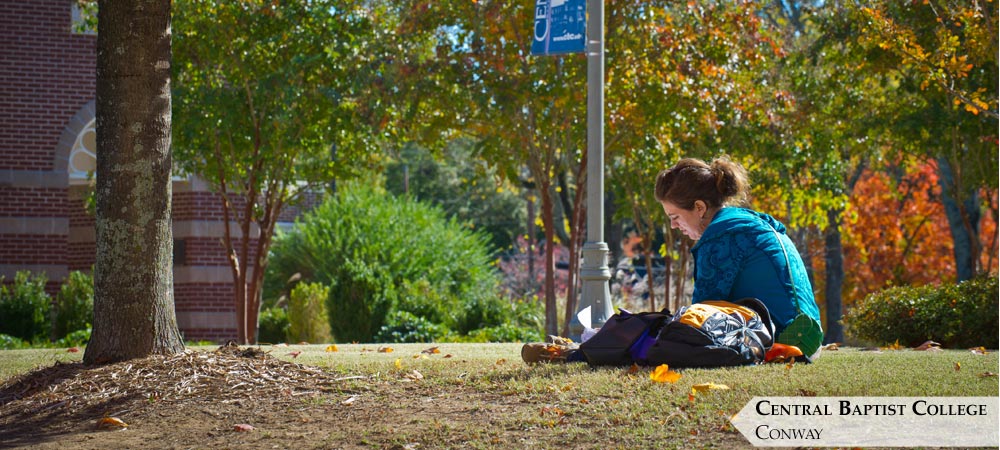An article written by Jones Learning Center Director Julia Frost on helping students with learning disabilities transition from high school has been published by a leading education magazine.
Frost’s article, “Transitioning to Postsecondary Education or the Workforce for Students With Learning Disabilities,” was published in the Fall 2014 edition of SEEN magazine, which is produced by the SouthEast Education Network (SEEN).
According to the organization’s mission statement, SEEN “furthers the efficacy of American education by finding, understanding and presenting ideas and resources to our nation’s educators, administrators, government officials and others in the education community.” The SEEN magazine is published tri-annually and is tailored to secondary and postsecondary educators, principals, superintendents, counselors, state departments of education, and education consultants.
“I was surprised to learn that the article that I wrote on transition was selected for inclusion in the most recent issue of SEEN magazine,” Frost said. “The magazine has an extremely wide distribution to educators throughout the southeast and quite a variety of quality contributors. I am honored to be included among them.”
In Frost’s article, she discusses the importance of students with learning disabilities knowing himself or herself, “so that goals can be set based on individual strengths.”
“A frank discussion should be held between the student and a person who can interpret the most current psycho educational assessment. The assessment results should be explained in a manner that is easily understood and a conversation held regarding how the results help to explain both the strengths and the challenges that the student experiences. Then, specific future goals can be explored based on strengths. If the future goal requires a college education, then academic challenges can be matched with related accommodations typically available on college campuses as well as specific accommodations that may be needed but are less readily available…”
Frost also discusses the importance of understanding the differences between the laws that are in place for a student in high school compared to those in postsecondary and work settings.
“In high school, under the Individuals with Disabilities Education Act (IDEA), the school and parents are responsible for ensuring that a student’s disability is identified and necessary modifications are made. Following high school, individuals with disabilities are covered under the Americans with Disabilities Act Amendments Act (ADAAA), but all responsibilities are now their own. As a result, it will be necessary for the student to be taught self-advocacy skills so that he or she will know not only what accommodations will be needed, but also where to access those accommodations and how to ask for them.”
A third point that Frost develops in the article is the importance of parents and educators helping to ensure that a student is prepared to handle all aspects of independent living without support.
“This includes such tasks as money management, personal hygiene, administration of medication, and consistent maintenance of a schedule. Parents and teachers can begin teaching these skills two to three years before graduation so that during the learning period someone is there to remind and encourage. If parents feel that the student needs more help in these areas than they can provide, there are postsecondary programs that focus on independent living skills that can be accessed alone or along with higher education and/or work.”
Frost has served as the director of the Jones Learning Center at U of O since 1994 and before that was the director of assessment in the center for five years. She is a nationally certified school psychologist and a frequent conference presenter. Active in the Learning Disabilities Association of America, she is currently the chair of the Adult Topics Committee.











